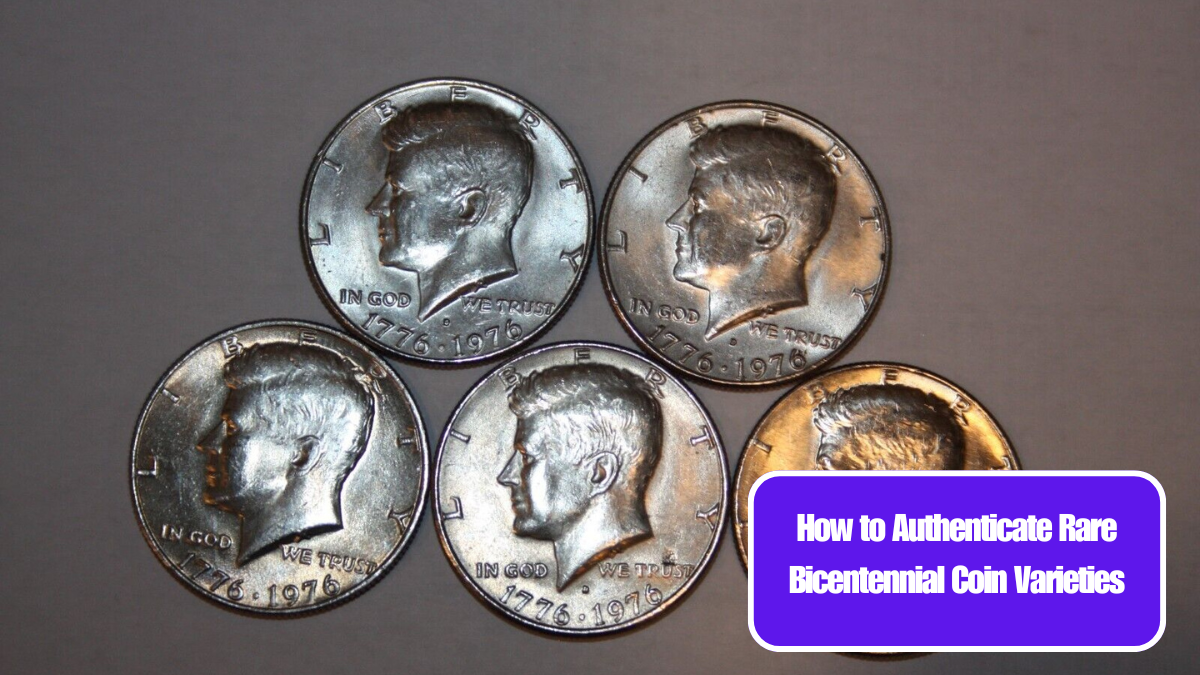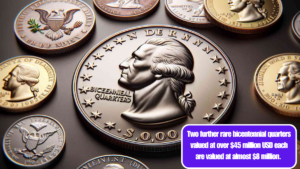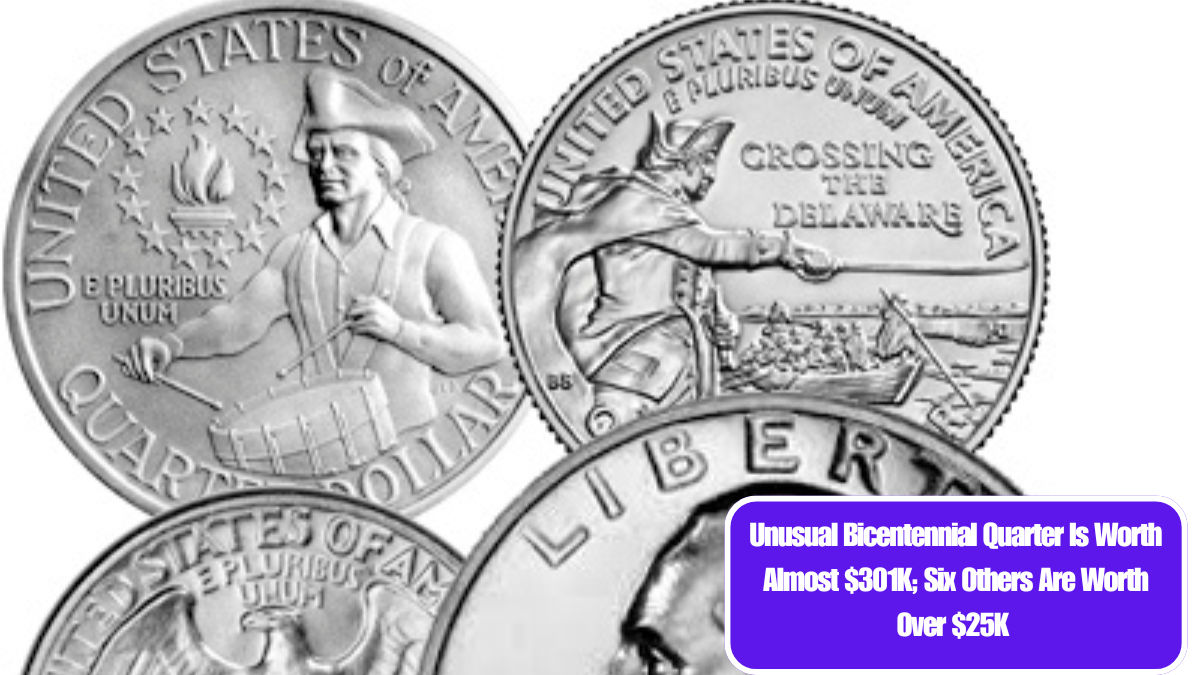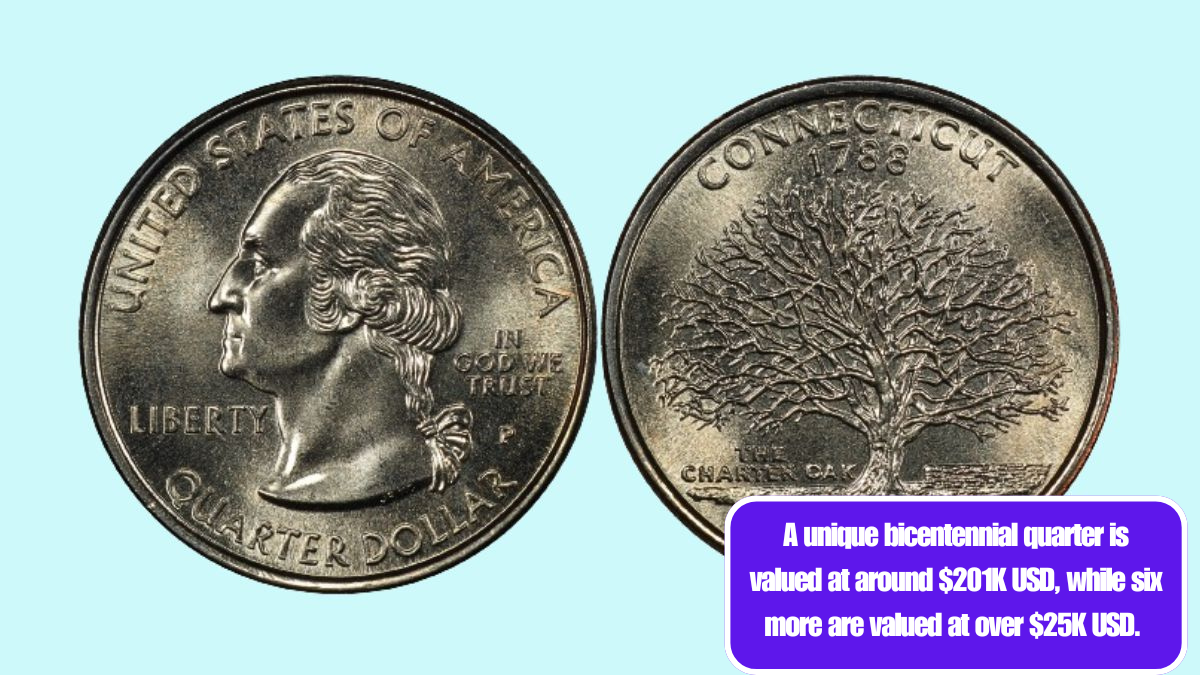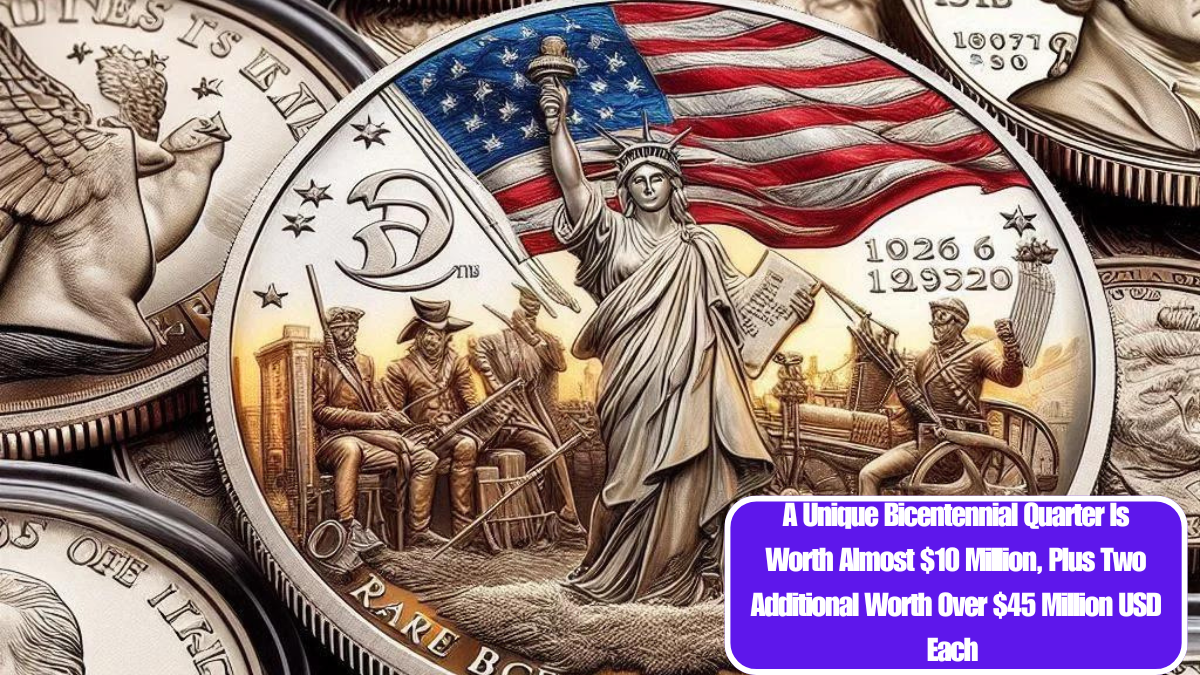The Bicentennial coins, minted in 1975 and 1976 to commemorate the 200th anniversary of the United States, have become a favorite among collectors. However, within this series are rare varieties that can be quite valuable. Authenticating these coins is crucial for collectors looking to add genuine pieces to their collections. Here’s a guide on how to authenticate rare Bicentennial coin varieties effectively.
Understanding Bicentennial Coins
The Bicentennial series includes the quarter, half dollar, and dollar coins, all featuring unique designs. The reverse sides of the coins were altered for the celebration, making them instantly recognizable. The most notable varieties are the 1976-S silver proofs and certain rare errors that make some coins more sought after.
Common Bicentennial Coins
- 1975 and 1976 Quarters
- 1975 and 1976 Half Dollars
- 1976 Dollar Coins
Key Varieties and Errors
- 1976-S Silver Proof Coins: These are often confused with the regular versions. The “S” mint mark indicates they were struck at the San Francisco Mint and contain silver.
- Double Die Errors: Look for notable doubling in the design elements, particularly in the lettering.
- Wrong Planchet Errors: Some coins may have been struck on incorrect planchets, resulting in unusual weight or appearance.
Steps to Authenticate Rare Bicentennial Coins
1. Examine the Mint Mark
The mint mark is crucial for authenticity. Check the reverse side of the coin for the “S” mint mark for proof coins. Use a magnifying glass to inspect it closely, ensuring it is not worn or damaged.
2. Assess Coin Condition
The condition of the coin plays a significant role in its value. Look for signs of wear, scratches, or other damage. Use the Sheldon Scale, which rates coins from 1 (poor) to 70 (perfect), to help gauge condition.
3. Inspect Design Features
Each Bicentennial coin has distinct design elements. Compare your coin to verified examples:
- Quarters: Look for the draped bust and the eagle on the reverse. Ensure the details are sharp and clear.
- Half Dollars: Check for the features of the Liberty Bell and the eagle.
- Dollar Coins: Pay attention to the images of Eisenhower and the moon landing design.
4. Weight and Dimensions
Use a precise scale to weigh the coin. Bicentennial quarters should weigh 5.67 grams, half dollars 11.34 grams, and dollar coins 22.68 grams. Any significant deviation could indicate a counterfeit or error.
5. Check for Errors
Research known errors for the specific coin type you have. Utilize resources such as error coin guides and forums to see what to look for.
- Double Die: Look closely at the lettering and design elements for any doubling.
- Wrong Planchet: Compare the thickness and weight to standard coins.
6. Professional Grading
If you’re still unsure about the authenticity of your coin, consider sending it to a professional grading service, such as the Numismatic Guaranty Corporation (NGC) or Professional Coin Grading Service (PCGS). They have the expertise to authenticate and grade your coin accurately.
7. Join Collector Communities
Engage with collector communities online or at local coin clubs. Experienced collectors can offer invaluable insights and help you learn more about the nuances of authenticating rare coins.
Authenticating rare Bicentennial coin varieties requires careful attention to detail and a good understanding of what to look for. By following these steps, you can confidently assess your coins and enhance your collection with genuine, valuable pieces. Remember, when in doubt, seek professional help to ensure that your coins are authentic and properly valued. Happy collecting!
